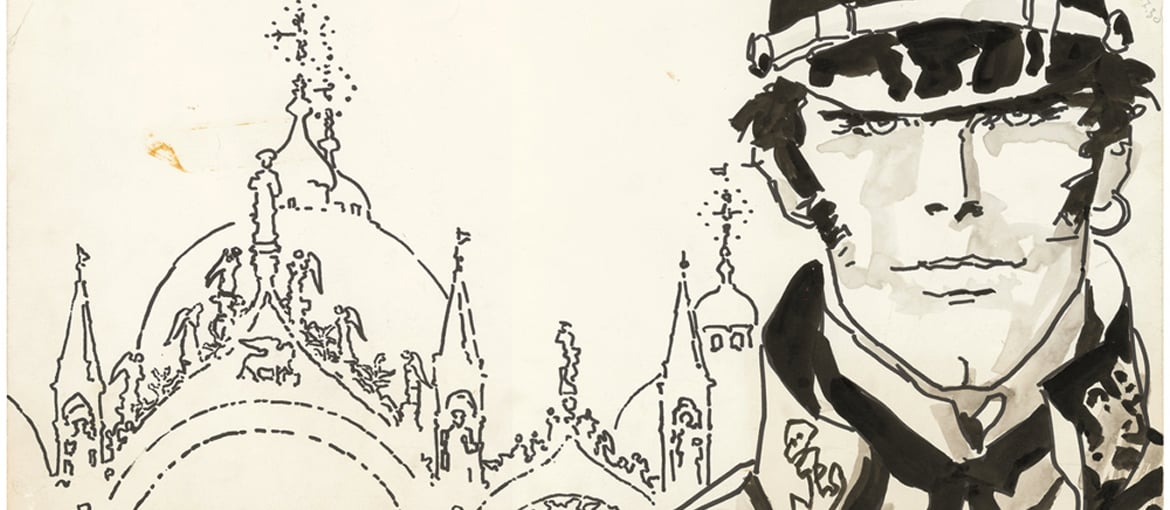Table of Contents
Hugo Pratt, the nom de plume of Ugo Eugenio Prat, was born in Rimini, Italy, in 1927, but from birth he was already a citizen of the world: his father had Anglo-French roots, while his Venetian mother and maternal grandparents had originally moved to Italy from Turkey.
Pratt spent his childhood in Venice, the city that would become the setting for many of his stories. He was fortunate to receive plenty of stimulation from the female figures around him: his mother with a passion for tarot cards; his grandmother who took him to the cinema and encouraged him to draw what he’d seen on the big screen; and his actrice aunt who would take him to the opera and taught him Jewish myths and the Kabbalah.
From his maternal grandfather, Eugenio, a Venetian podiatrist and poet, Hugo inherited a passion for poetry and language through which words conjured up profound yet immediate images. His style on the page would reflect this passion by striving to balance text and drawing: in his most mature work, dialogue and action alternate with silent panels where illustration alone has the power to fire the reader’s imagination.
At the age of 10, Hugo was sent to Abyssinia (in what is today Ethiopia) where his father was an official in the Italian colonial army. In seven years spent in Africa, Pratt discovered the military world, war, the desert with its infinite horizons, and met men and women of many nationalities. In this period, he became obsessed with adventure novels – James Oliver Curwood, Zane Gray and Kenneth Roberts were among his favourite authors – and read his first American comics, including “Terry and the Pirates” by Milton Caniff.
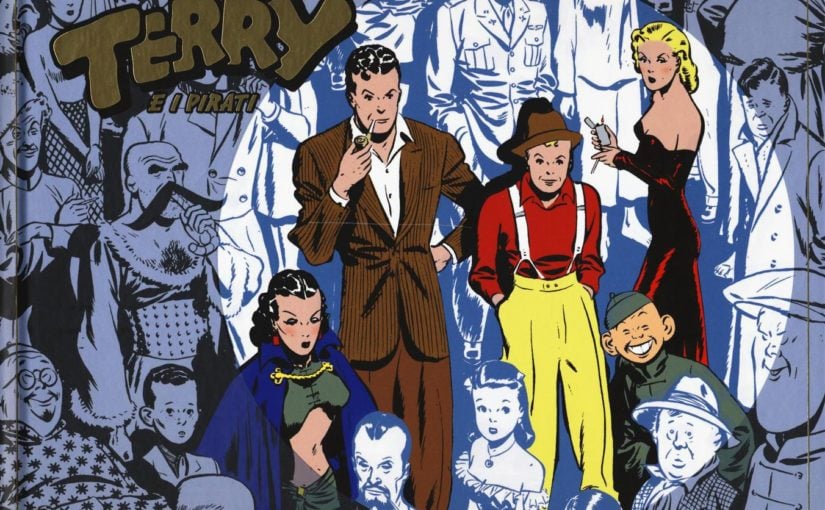
In 1943, his father gave him one last gift, before being sent to a British POW camp from which he would never return: the book “Treasure Island” by Robert Luis Stevenson, which left an indelible mark on the young man’s imagination.
All the experiences lived and places visited during childhood and adolescence – Venice, Africa, cinema, poetry, theatre, mythology, adventure novels, war and contact with different people – would find a place in his work and feed the rich Prattian universe.
The “Asso di Picche” debut
On his return to Venice at the end of the Second World War, Pratt and a few friends founded the publishing house Uragano Comics, which from 1947 onwards became Asso di Picche – Comics, named after one of his leading characters, a crime fighter in a yellow costume. The “L’asso di picche” series, the artist’s first, introduced the first super hero to Italian comics, and was a homage to characters from America’s Golden Age of comics, from Bob Kane’s Batman to Lee Falk’s Phantom.
The style is similar in many ways to that of Milton Caniff in “Terry and the Pirates” and follows the conventions of the American superhero genre – but the lines are still unsure and a far cry from later work.
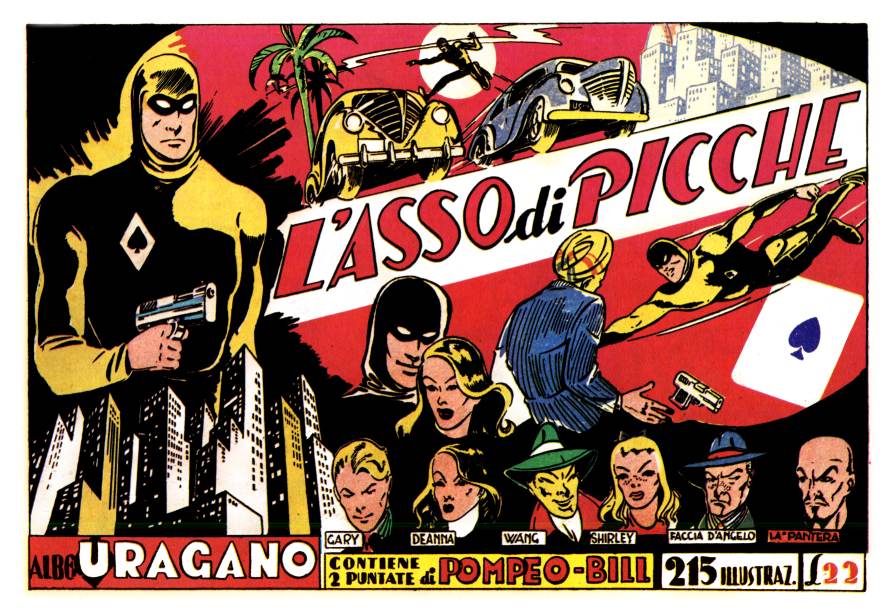
The Argentine period
At 22, Pratt left for Argentina together with his friends from the “Venice group”. There he met Hector Oesterheld, the Argentine comic artist who suggested he draw the character “Sgt. Kirk” for the weekly Misterix. In 1957, Oesterheld founded his own publishing house, Editorial Frontera, and commissioned Pratt to draw the “Ernie Pike” and “Ticonderoga” series.
With this work, Pratt was able to express his childlike love of the Western genre, while also honing his narrative skills. And in 1959, Pratt started to write his stories alone: after “Anna in the Jungle”, which was about a girl living in a British garrison in East Africa, he published “Capitan Cormorant” and “Wheeling”. Set at the time of the American Revolutionary War, “Wheeling” is without doubt Pratt’s first masterpiece, both in terms of its evocative imagery and the powerful mix of reality and fantasy. The latter would also be a feature of his later work, as he explained in an interview: “In Wheeling as in other stories, I try to create something imaginary in the context of a precise historical setting. But sometimes the truth is more surprising than fiction.”
“Wheeling” was released in three phases between 1962 and 1995 in Argentine, Italian and French magazines, and was completed just a year before the artist’s death. Because of the long periods separating one story from another, the series clearly reflects Pratt’s artistic development: the ever more precise and detailed drawings are based on careful historical research and the result is an epic and gripping piece of work.
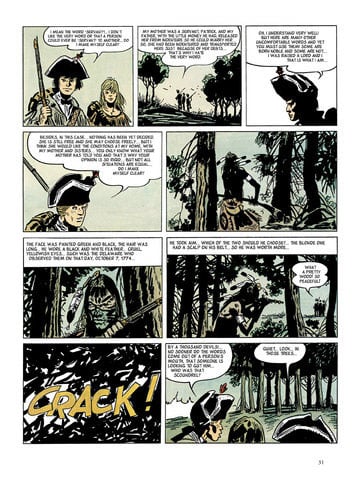
The return to Italy and the birth of Corto Maltese
Because of the economic crisis in Argentina, Pratt was forced to return to Italy in 1963, where he started illustrating stories for the magazine “Il corriere dei piccoli”. In 1967 he met Florenzo Ivaldi, a Genoan businessman who was obsessed with comics and a fan Pratt. Ivaldi decided to launch the monthly comic collection “Sgt. Kirk” with the main goal of bringing the work published by Pratt in Argentina to an Italian audience. The magazine would also showcase a new series by Pratt, “The Ballad of the Salty Sea”, in which the the errant sailor Corto Maltese appeared for the first time.
Described by the author as an example of “drawn literature”, the story is a fascinating blend of comic and novel, and an early example of a graphic novel that was ahead of its time. It borrows various elements from the novel: its interwoven narrative voices (first the Pacific Ocean, then a third-person narration, and finally a sort of “voice-over”), a form of collective narration in which many characters with complex psychological facets take part, as well as its precise historical and geographic setting (the Pacific Ocean, 1913-1915).
Pratt draws on the 19th-century adventure novel, particularly those by Stevenson and Conrad – of whom, as we noted earlier, he was a huge fan – but at the same time he introduced something radically new into comics: space for characters’ introspection and reflection. Suggestive images and striking turns of phrase break up the narrative flow, encouraging the reader to think and explore their imagination.
There’s something else that sets Corto Maltese apart from traditional comics: the themes, literary allusions and language used lend themselves to readings on different levels and appeal to both younger and older readers alike. Indeed, the tales of the gentleman sailor also appealed to an intellectual audience, as evidenced by Umberto Eco’s famous declaration: “If I want to be entertained, I read Hegel. If I want to be challenged, I read Corto Maltese”.
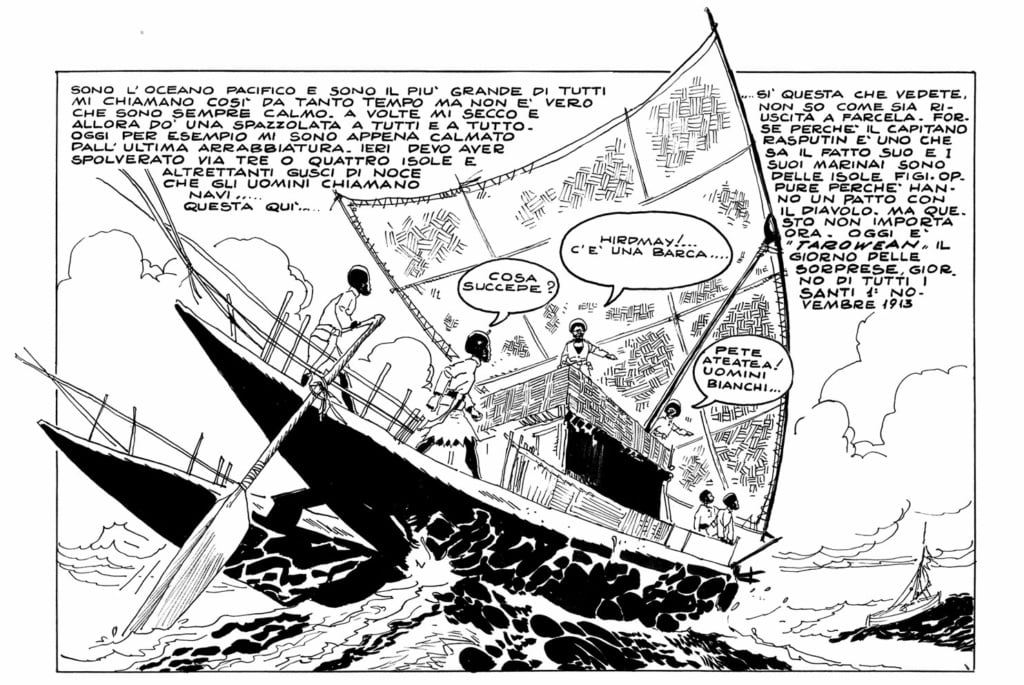
Pif Gadget and international success
In 1969, Hugo Pratt met Georges Rieu, editor-in-chief of the French mass-circulation comic magazine Pif Gadget, who suggested he write some new stories for the magazine. So Pratt decided to move to Paris, where he would publish 29 episodes of Corto Maltese and find international fame.
In these years, he continued travelling the world and publishing new stores, including the adventure series “The Scorpions of the Desert”, set in East Africa during the Second World War. Once again, Pratt drew on his childhood, adding several biographical touches into the plot.
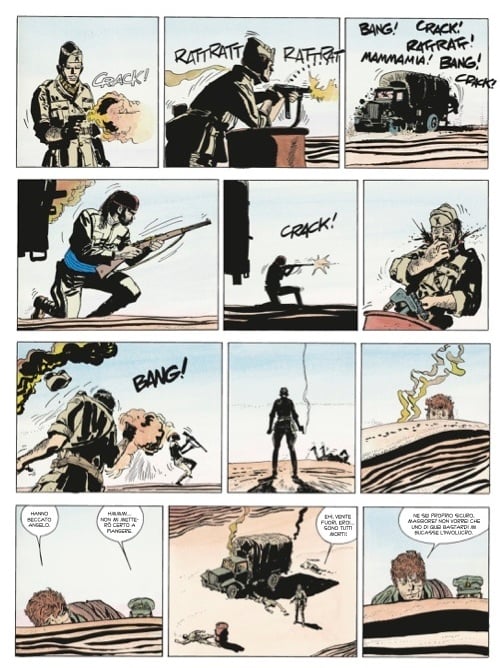
In Corto Maltese, as in “The Scorpions of the Desert”, Pratt developed an increasingly pare-back and minimalist style, as he explained himself: “I worked for 50 years to be able to draw like I do today. One day, I want to be able to draw everything with a single line”. This “metaphysical” ambition of his was most evident in the infinite horizons of the sea and desert, which allowed the reader’s eye to wander endlessly.
With “Mu, the Lost Continent”, published in 1990, Pratt’s Corto Maltese saga concluded; however, as with many cult characters, the sailor didn’t disappear but lived on in the collective imagination and new stories.
Following the artist’s death, another four stories were released: the first three – “Under the Midnight Sun”, “Equatoria” and “Tarowean’s Day” – were produced by the Spanish duo Juan Díaz Canales and Rubén Pellejero, and follow in the footsteps of the Maltese sailor. The latest, however, entitled “Black Ocean” and written by Martin Quenehen Bastien Vivès, was released in 2021 and recounts the adventures of a young Corto in 2001, just after the 9/11 attacks in America.
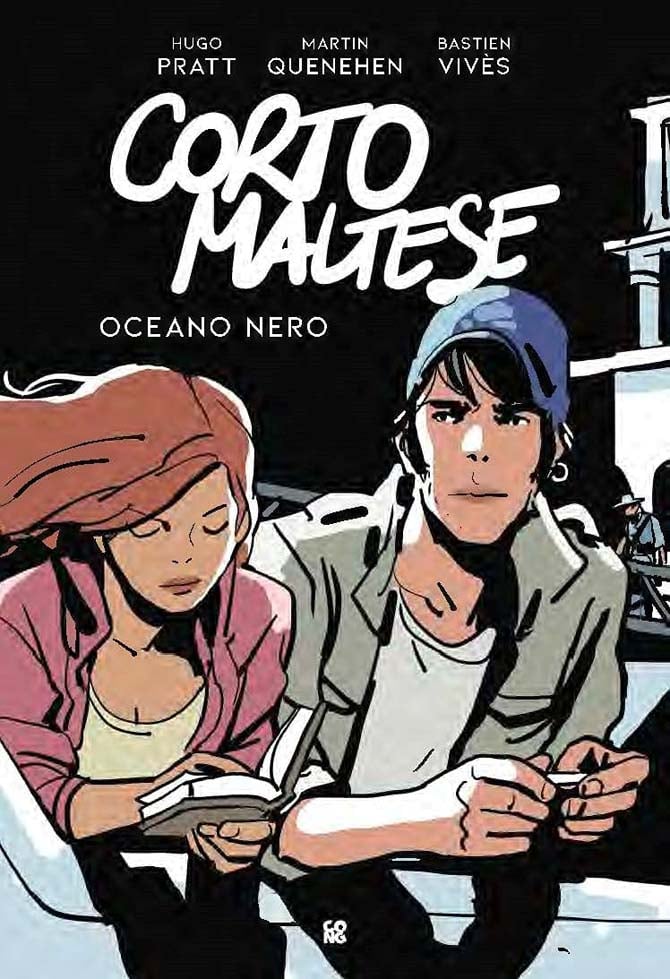
Anyone who wants to learn more about this great artist’s work should visit the exhibition “Hugo Pratt – Da Genova ai mari del sud” (Hugo Pratt – From Genoa to the Southern seas) which opened in Genoa, Italy, on 14 October 2021 and will run to 20 March 2022. With over 200 pieces, including panels and watercolours, the exhibition will allow visitors to immerse themselves in the author’s extraordinary world once again.

